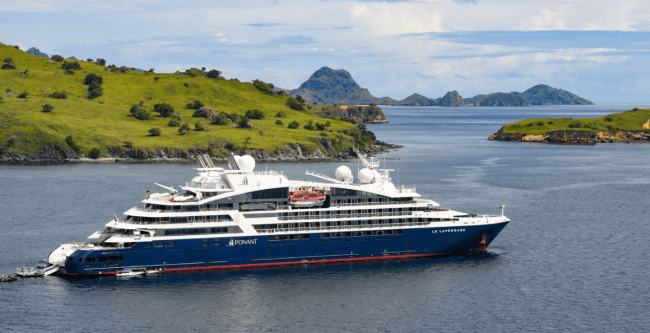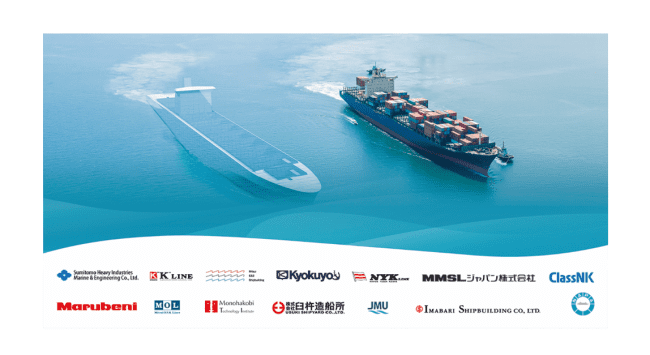Royal Caribbean cruise: Leveraging NAPA’s ship stability data on the cloud
How the largest cruise company in the world is using NAPA’s next-gen ship stability management system and simulations to enhance cruise safety and efficiency decisions – both onboard and onshore.
NAPA Stability Talk to an expert
We interviewed Matthew Pickett, Manager, Maritime Safety Compliance at Royal Caribbean Group earlier this year at NAPA Safety Summit 2023 on how the largest and the most “Iconic ships” in the world are using digital technology and data the keep the vessels stable and the passengers safe and comfortable at all times, on all routes. In this interview, Matthew specifically talks about leveraging data and simulations with NAPA Stability, the next-generation loading computer, both onboard and onshore, to make daily operations smooth and efficient, while reducing crew workload. Excerpts:
Benefits of ship stability data on the cloud for shoreside
The main benefits of having cloud-based stability management for our organization lie in efficiency. Seamless live access to shipboard data and all related information reduces the need for communication. This on-demand access, a complete first for us, streamlines day-to-day operations and emergency management, as having data readily available at your fingertips is far more streamlined.
You don’t need to interact or burden the ship with unnecessary tasks. Everything can be acquired on demand, enhancing efficiency. Another significant benefit for our organization is gaining insight. The fleet overview, a novelty for us, allows us to spot-check a vessel’s stability and assess whether they meet their criteria. This level of insight into vessel status is unprecedented for our organization.
We don’t have a fleet operations center, but having information readily accessible and easier to digest greatly benefits us overall. This powerful capability makes daily operations much more smoother.
Benefits of ship stability data on the cloud for onboard crew
The benefits of NAPA Stability for the onboard teams primarily revolve around efficiency. Feedback from the fleet emphasizes the presentation of data, highlighting simplicity and user-friendliness. The readily available data at a glance has consistently received positive feedback.
With the system being cloud-based, activating Emergency Response Services and dealing with damage stability requires fewer steps for the onboard teams, minimizing the potential for errors. In emergency management and damage control scenarios, having constant decision support services activated, along with live and on-demand updates, significantly reduces the workload for the onboard team. This ensures they have additional information and support without increasing their workload.
Another significant benefit appreciated by the teams is storage. Storing everything in a cloud-based system allows for easy access to historical data.
The ability to organize loading conditions based on itineraries and access long-term historical records facilitates collaboration across the fleet, simplifies repeating itineraries, and preserves the historical conduct of stability management.
This consolidated database also eliminates the need to reinvent the wheel when managing aspects like water consumption, production, and wastewater management. Eventually, a fleet-wide compilation could enable vessels of the same class on similar itineraries to access each other’s stability records, further enhancing efficiency and benefitting the onboard crew.
How your cruise operations can get safer and more efficient with NAPA solutions?
Book a discussion and see a live demo of our solutions for cruise ship safety and efficiency.
Talk to an expert

